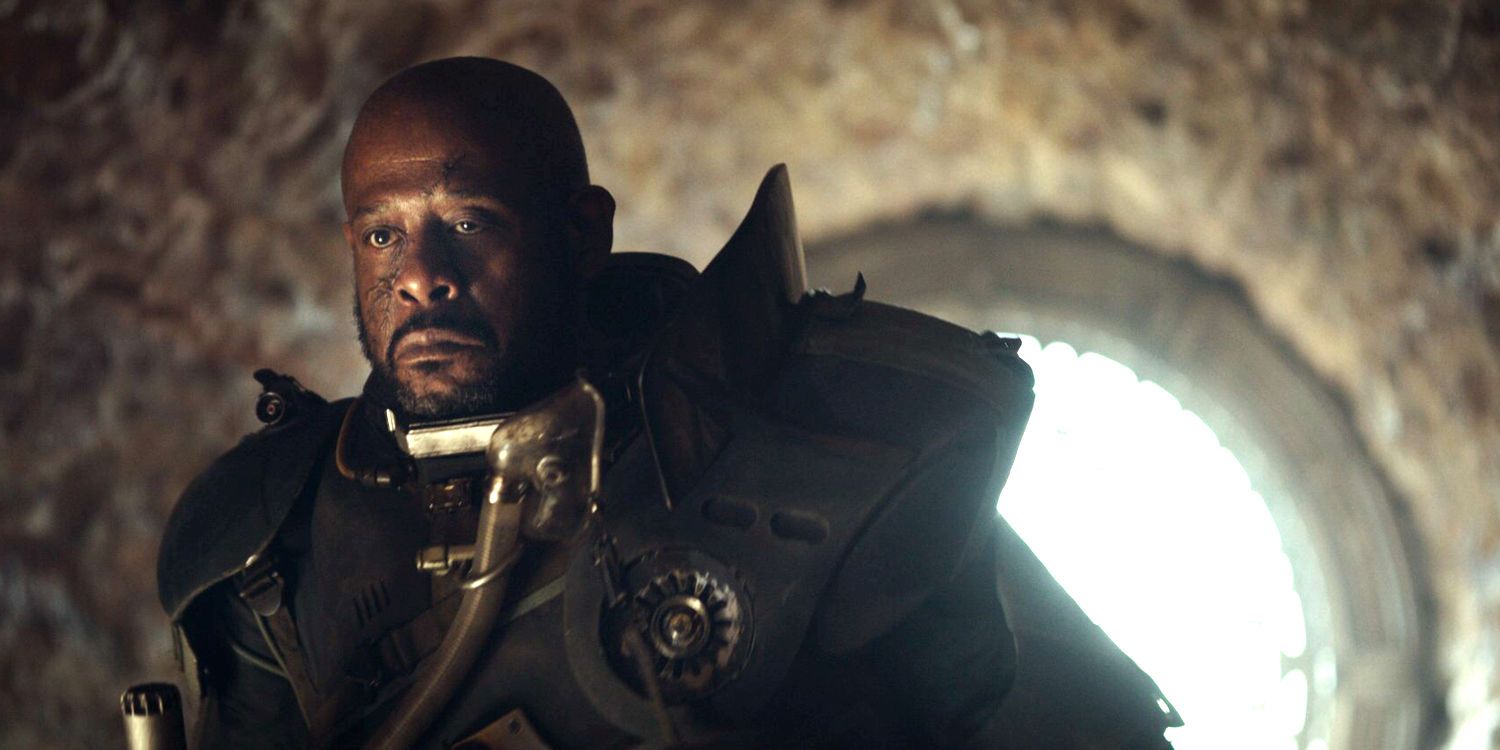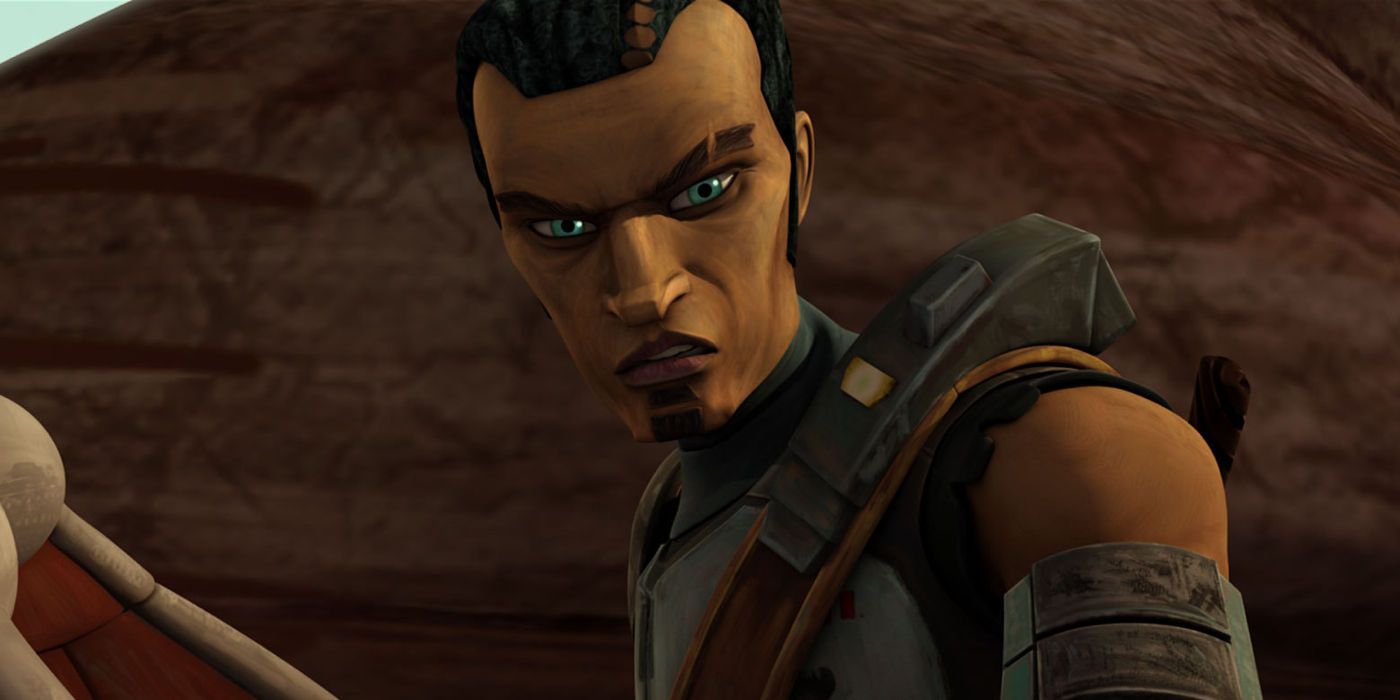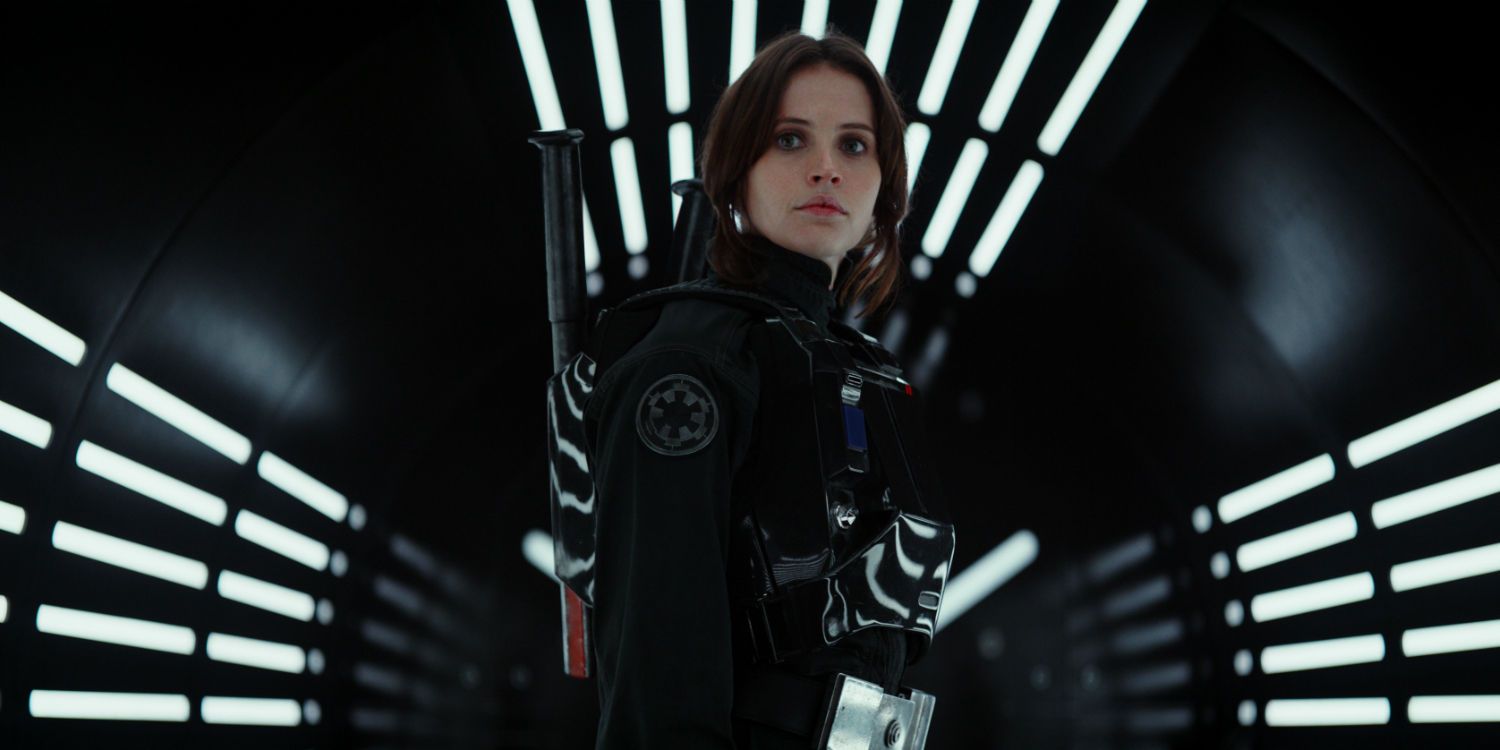When the Star Wars Anthology films were first announced three years ago, everyone expected to have a series of self-contained, one-off adventures that would hop all around the SW timeline and galaxy both, helping to widen the franchise’s tone and style, at the least, or fill in the storytelling canvas by directly showing some long-referenced events, at the most.
This is precisely what Rogue One: A Star Wars Story promised to deliver when it was initially revealed: the Rebel Alliance’s mission to procure the first Death Star’s blueprints, which is what kicks off 1977’s Episode IV: A New Hope, would be realized in all its glory on the big screen. But it turns out that this first side story will actually do something much bigger and far grander than what we could ever have imagined: it’s going to tie the entire Star Wars saga – the movies, the television series, the novels – all together in one neat little package.
This is more than just doing a shared cinematic universe, like what Marvel has been pioneering for the past eight years – this is taking nearly every single medium that SW exists in and attempting to seamlessly integrate it (which is why, after all, the new Disney-owned Lucasfilm opted to jettison the original version of the Expanded Universe [that collection of novels, comic books, short stories, and videogames] and created a new iteration that actively linked to the more recent TV shows and the yet-to-arrive films). Call it a shared multimedia universe.
If it works, it could pave the way for all future Hollywood meta-franchises – maybe even Marvel’s, which could finally acknowledge its ever-growing television sub-universe.
But we’re getting ahead of ourselves. Let’s first take a step back and see just how Rogue One is attempting to push the narrative envelope.
Meet Saw Gerrera
Originally created for the first-ever SW television series, The Clone Wars (which ran for five seasons on Carton Network, from 2008 to 2013, before getting a final, truncated season on Netflix the following year), Saw Gerrera (voiced by Andrew Kishino) is, essentially, a one-off character, created for a specific run of episodes (that’s 502 through 504) that tell one specific storyline. It’s perhaps best to let the opening blurb of this storyarc speak for itself:
"Separatist takeover complete! Another Republic planet has fallen. Onderon has seceded to the Confederacy of Independent Systems under the rule of a new king. However, a small band of Rebels have taken refuge deep within the vast and savage wilderness.
From an abandoned outpost, they plot to take back the heavily fortified capital city of Iziz and end the Separatist occupation…"
Jedi Knight Anakin Skywalker (voiced by Matt Lanter in the series) has the idea to train these rebels in, essentially, guerrilla warfare, which would then allow the Republic forces to attack an already-distracted Confederate army. The Jedi Council ultimately agrees, albeit reluctantly, as insurgent combat can easily become terrorism, and “terror is a weapon the Jedi never wish to employ.” This immediately sets up the ambivalent, conflicted tightrope that Saw Gerrera, who fancies himself the leader of the Onderon resistance, finds himself walking (and sets him up as something of a reflection of Anakin, who is himself a character constantly attempting to reassess the dual pulls of the light and dark sides of the Force).
Ultimately, Master Skywalker’s plan proves successful; the rebels are able to free the former, pro-Republic king, rally public support, and strike a decisive blow against the Separatist battle droid army stationed there, forcing the Confederacy to abandon the planet. However, the victory comes at a steep cost: Saw’s sister, Steela (Dawn-Lyen Gardner), who quickly emerges as the resistance’s leader and may even have a bright future as a general in the restored Onderon military, is accidentally killed by Saw himself (he fires a shoulder-mounted surface-to-air rocket, which destroys a droid gun ship that then crashes into Steela’s position on a cliff, making her fall to her death).
The character of Saw is never touched upon again in Clone Wars, although Lucasfilm has been able to partially resurrect the character in the three-and-a-half years since, based mostly off of the narrative designs that the writing staff and Star Wars creator George Lucas had drawn up for future seasons (before Disney abruptly canceled the show). He is first referenced in Star Wars: Rebels, the Disney XD replacement series that takes place just a few years before the original trilogy of films: we learn that Oderon has, unsurprisingly, become a hotbed of resistance against the Galactic Empire, and Saw has become a particularly brutal insurgency leader. He is mentioned once more in the just-released novel Star Wars: Bloodline, which is set six years before Episode VII: The Force Awakens, with (some of) the senators of the New Republic looking back and questioning whether his guerilla cell’s actions should really be labeled terrorism.
Meet Saw Gerrera… again
Marking the first time ever that a Star Wars character will have been introduced first in the Expanded Universe before being seen on the big screen, actor Forest Whitaker will be assuming the flesh-and-blood role of Saw Gerrera in the storyline that takes place before A New Hope. In Rogue One, EW revealed, Gerrera is a man who nominally fights as part of the Rebel Alliance to overthrow the tyranny of Emperor Palpatine’s New Order, but he’s on the extremist fringe, so brutal in his tactics that “the other good guys aren’t sure if he really is one.” He’s forced to work with Jyn Erso (Felicity Jones) and her team of spies in order to achieve the common good of finding a weakness in the Death Star, an instrument of war that can end the Rebels, the extremists and the “lightweights” both, once and for all.
Although not much of Rogue One’s actual plot has been divulged as of yet, we can be pretty sure that Lucasfilm opted to go for this previously established character instead of creating a new one from scratch for some pretty important thematic reasons. In his original, animated incarnation, Saw is trained in his insurgent ways by none other than Anakin Skywalker and his Padawan Learner, Ahsoka Tano (Ashley Eckstein) (who has also been reinserted into the Star Wars mythos by becoming a recurring character in Rebels). The pair, in turn, are overseen by Jedi Master Obi-Wan Kenobi (James Arnold Taylor), who has a vested interest in making sure that his two hot-headed compatriots don’t tumble too far down the slippery slope of combat into terrorism (or hatred or anger, which, as we all know, is the path to the dark side). Although Gerrera is nowhere near a Jedi, it is nonetheless important to note that Ahsoka ultimately feels forced to abandon the Jedi Order, while Anakin, of course, one-ups her by becoming a Dark Lord of the Sith (and, as Vader, will similarly make an appearance in this first Star Wars Story). Obi-Wan’s efforts to monitor and provide a sense of balance for them fails – as it does, obviously, for Saw himself.
It seems as if Jyn Erso, the protagonist of Rogue One (and a character who starts the film off as a criminal thrown in a Rebel cell), might have something of a similar trial to undertake in the upcoming “anthology” adventure, with Rebel leader Mon Mothma (Genevieve O' Reilly) acting as the angel on her one shoulder and Gerrera, the devil on the other (or, if you will, the secular, combat versions of a Jedi and Sith Lord). In this way, this supposedly self-contained one-off story could actually continue and build upon the main films’ thematic core – and it might even be that Jyn will have some sort of balancing effect on the battle-hardened Clone Wars veteran, providing him with the closure that he has been lacking since his sister’s death some 19 years prior.
And this, ultimately, should be the deciding factor in first designing and then implementing a multimedia-wide shared-universe model, particularly on this grand of a scale: telling actual stories with actual characters that progress and grow over time (and through the mediums), instead of force-feeding a narrative element into the main story in order to help sell more copies of the originating DVD set, book, or comic. Should Lucasfilm continue to adopt this approach – coming up with a specific narrative first, and then checking to see if they already have the necessary parts from other, previous releases – then the ever-more-expanding stories of the various Star Wars films and Expanded Universe will be a marvel to behold.
Rogue One: A Star Wars Story opens in U.S. theaters on December 16, 2016, followed by Star Wars: Episode VIII on December 15, 2017, the Han Solo Star Wars Anthology film on May 25, 2018, Star Wars: Episode IX in 2019, and the third Star Wars Anthology film in 2020.




